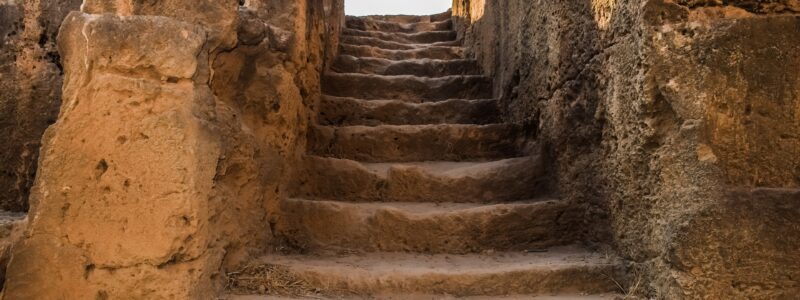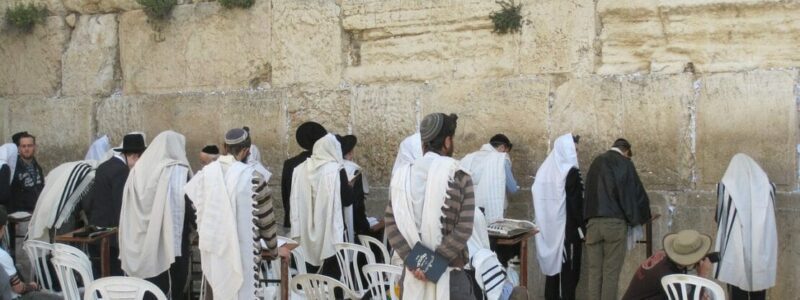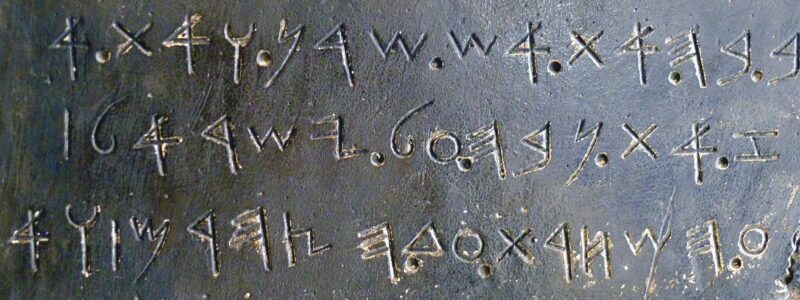Aide to Biblical King Josiah
Archaeologists discovered evidence for an aide to Biblical King Josiah in recent explorations in Israel.
Archaeology has come a long way over the past few decades since proving the existence of Biblical King David in 1993. It seems every year there are new findings of ancient artifacts proving the existence of Biblical characters thought until now to be largely fictional.
Some of these have been dug up in the Sifting Project which examines dirt illegally excavated from the Temple Mount and discarded. Others are excavated from mounts of dirt scattered Israel and surrounding countries which have never been explored.
Even personal items of Pilate from the Bible have been located – including a ring, as well as a stone bearing his name.
But some of the most significant artifacts which have been discovered so far include tiny bullae. These bullae are stamps used by important people in ancient Israel to authenticate documents.
Most of them are made of simple clay making it remarkable they have survived thousands of years to be discovered in our time. That is because many of these artifacts were located either in soil that was off-limits to be explored previously, or protected by parking lots and roads.
The importance of these findings is incalculable; they prove the presence of Jews in ancient Israel three millennia ago, and substantiate the narrative of the Bible.
Such is the case of one of the more recent discoveries of a small bullae that likely belonged to an aide to ancient Biblical Hebrew King Josiah.
Background of Finding
A tiny 2600-year old inscription was found recently under Jerusalem’s Givati Parking Lot undergoing archaeological excavation. The inscription written in ancient Hebrew (paleo-Hebrew) with inscription stating “belonging to Nathan-Melech, Servant of the King.”
This is the first archaeological reference to the biblical name Nathan-Melech. This inscription was found in close vicinity to another bluish agate stone inscription reading “belonging to Ikkar son of Metanyahu).
Archaeologist Dr. Yiftah Shalev of the Israel Antiquities Authority notes,
“What is important is not just that they were found in Jerusalem, but [that they were found] inside their true archaeological context.
Other bullae and inscriptions end up on the market without any thought to where they were found and who found them.
During the 8th century BC, the area of Jerusalem where the objects were located was the central administrative center of the city. The westward movement of the administrative area suggests the city was enlarging by a burgeoning population as it gained importance throughout the Middle East region.
Evidence of Local Destruction
The context of the artifacts’ location also bears witness to the unfortunate history of Jerusalem after the stones were found.
The multi-room structure of the administrative building shows evidence of severe destruction. This destruction likely reflects Babylonian invasion of Jerusalem in 586 BC.
There is destruction of the stone structure along with burnt wooden beams and charred pottery. The total destruction of Jerusalem which occurred during the Babylonian invasion resulted in the population of Jerusalem being slaughtered or taken away into captivity.
Eventually, the Babylonians would in turn be conquered by Persians who would then free the captured Jewish population about 70 years later. History records that much of the captive population decided to stay in Babylon. They took Babylonian culture rather than return to Jerusalem.
Importance of the Artifacts
The artifacts discovered under the parking lot also demonstrate the importance of ancient Jerusalem.
Until recently, scholars have assumed the Biblical history of Jerusalem was largely a myth created by a conquered people to glorify their inglorious past.
Recent archaeological findings have added evidence that the Biblical narrative reflects actual history rather than being a simple myth.
A press release concerning these findings notes,
“These artifacts attest to the highly developed system of administration in the Kingdon of Judah. This adds considerable information to our understanding of the economic status of Jerusalem. Knowledge is expanded about ts administrative system during the First Temple period. Finally, there is personal information about the king’s closest administrators.
Celebrity Status
What is interesting concerning the burnt clay seal featuring the words “belonging to Nathan-Meleck, Servant of the King.
The fact that it does not contain a surname indicates its owner was likely a local celebrity in ancient Jerusalem. There is a similar custom today for celebrities such as Madonna or Adele.
The name Nathan-Melech appears once in Scripture in 2 Kings 23:11. He is an official in the court of ancient Hebrew King Josiah who took place in the administration of religious reform throughout the country.
“And he took away the horses that the kings of Judah had given to the sun, at the entrance of the house of the Lord, by the chamber of Nathan-Melech the officer, who was in the precincts; and he burned the chariots of the sun with fire.
The title “Servant of the King” appears throughout the Bible to describe a high ranking official in the king’s court.
It also appears on multiple other ancient bulla artifacts lending to its credulity.
There is still some controversy whether the clay bulla refers to the same Nathan-Melech mentioned in Scripture.
Scholar Mendel-Geberovich voices some concern noting,
“Although it is not possible to determine with complete certainty that the Nathan-Melech who is mentioned in the Bible was in fact the owner of the stamp, it is impossible to ignore some of the details that link them together.
Conclusion
The small bulla helps to establish the historicity of the Biblical narrative.
This particular bulla is likely from an administrative assistant to ancient King Josiah – one of the “good Kings” in Scripture. He brought religious reform to Israel and helped to steer it away from sun worship. Josiah did this while bringing back their original religious heritage.
Liberal scholars have doubted the historicity of some of the major figures in Scripture. They especially doubted whether Old Testament persons ever existed. Instead, they argue the Old Testament is a fictional history.
Liberal scholars doubted there was a united Israel under a King David. Instead, they proposed only a loose federation of primitive tribes.
The recent discoveries put a different light on history. They help support the historicity of the Old Testament thereby supporting the religious narrative as well.




